Gait Trainers
What to think about when determining the appropriate gait trainer for your child
School therapists are able to write the LMN for the gait trainer, if the gait trainer is going to be used in school.
Keep in mind that gait trainers are quite bulky. Is there enough space in the child’s home to accommodate this product? Will the family be able to transport the gait trainer?
Gait trainers either require hands and arms for support OR they can be hands free.
If the child is able-hands free is preferred as it increases their access to more environments by being able to walk right up to tables, counters and their peers, allows them to engage in more activities and use their hands while supported upright.
Has your child been successful in standing upright? Do they press up through their feet when positioned in supported standing?
In order to shower a successful trial of a gait trainer, a child needs to be able to take a step. If your child is not able to tolerate or engage in upright standing just yet, maybe a standing frame would be more appropriate at this time.
Please consider that insurance will not cover a standing frame and a gait trainer within a 5-year period as they are both seen as “weight bearing” devices.
Gait trainers to consider
Dynamic weight shift or standard frame options
5 sizes. Mini (15.5”- 20.5” floor to elbow height) to XL (34”- 49”)
Multiple accessories available: arm prompts, platform or hand loop, chest prompt, multiple position saddle, pelvic support, hip positioner, thigh prompts or ankle prompts, communication tray
Detachable upper frame for easier transport
Traditionally requires upper extremity contact to propel this gait trainer
If just getting the standard frame option insurances would prefer to pay for the Moxie listed below (as it is a less costly alternative)
Solid frame, no dynamic feature
3 sizes: handle height of 15”- 39”, weight capacity up to 75 pounds to 200 pounds
Can be used in the anterior or posterior direction but requires upper extremity contact to propel forward
Multiple accessories available: forearm platform or hand loop, trunk support, hip positioner or seat harness, thigh prompts or ankle prompts, four function casters
Dynamic movement
3 sizes available: up to 65 pounds- 90 pounds
Midwheel center of control for a smaller turning radius
Open front and hands free
Multiple accessories available: headrest options, chest system, hip pads, wide and extended seat options, thigh prompts or ankle prompts
Frame weights about 45 pounds
Frame comes in 3 sizes: up to 55 pounds and 176 pounds maximal user weight
Harness comes in 6 different sizes: up to 110 pounds and 110 to 176 pounds
Harness is determined by waist circumference at navel (website measures in mm)
Harness system providing more “upper” trunk stability
This gait trainer has worked well for a child with poor head control because the harness provided additional support that the Kidwalk did not provide.
Removeable saddle seat
Open front and hands free
Accessories: headrest, ankle guides, guide handles
Frame weighs about 15 pounds
Sample letters of medical necessity
Medicaid general guidelines
Clinical documentation from a trial period must be submitted with the prior approval request.
The member is unable to stand or ambulate independently due to conditions such as, but not limited to, neuromuscular or congenital disorders, including acquired skeletal abnormalities.
The alignment of the member’s lower extremities are such that they can tolerate a standing or upright position.
The member does not have orthostatic hypotension, postural tachycardia syndrome, osteogenesis imperfecta, osteoporosis and other brittle bone diseases.
The member has demonstrated improved mobility, function and physiologic symptoms or has maintained ambulation status with the use of the requested gait trainer (when other alternatives have failed) and is able to follow a home ambulation program incorporating the use of the gait trainer (as documented by clinical ambulation program or home trial with the requested gait trainer).
The member does not utilize, or require, a home standing device in addition to a walker or gait trainer. Provision of both a standing system and walker/gait trainer is typically considered a duplication of service, as both address weight bearing.
Per Medicaid guidelines a detailed letter of medical necessity (LMN) that includes (in check list above too):
A comprehensive history and physical exam by a licensed physician, physical therapist or occupational therapist.
A summary of the existing medical condition, age at diagnosis, prognosis and co-morbid conditions.
The member’s functional and physical assessment including strength, range of motion, tone, sensation, balance, ADLs, and functional status.
Documentation of failure of less costly alternatives (include make and model of alternatives tried as well as the length of the trial with each alternative).
A home therapy plan outlining the planned use of the requested gait trainer
Documentation that the member does not have sufficient access to equipment in an alternative setting, e.g., clinic, outpatient therapy, etc.
Documentation regarding the level of caregiver assistance available/needed on daily basis.
Documentation that the member’s home can accommodate the requested gait trainer and that the family/caregiver has been trained in the use and maintenance of the requested gait trainer.





